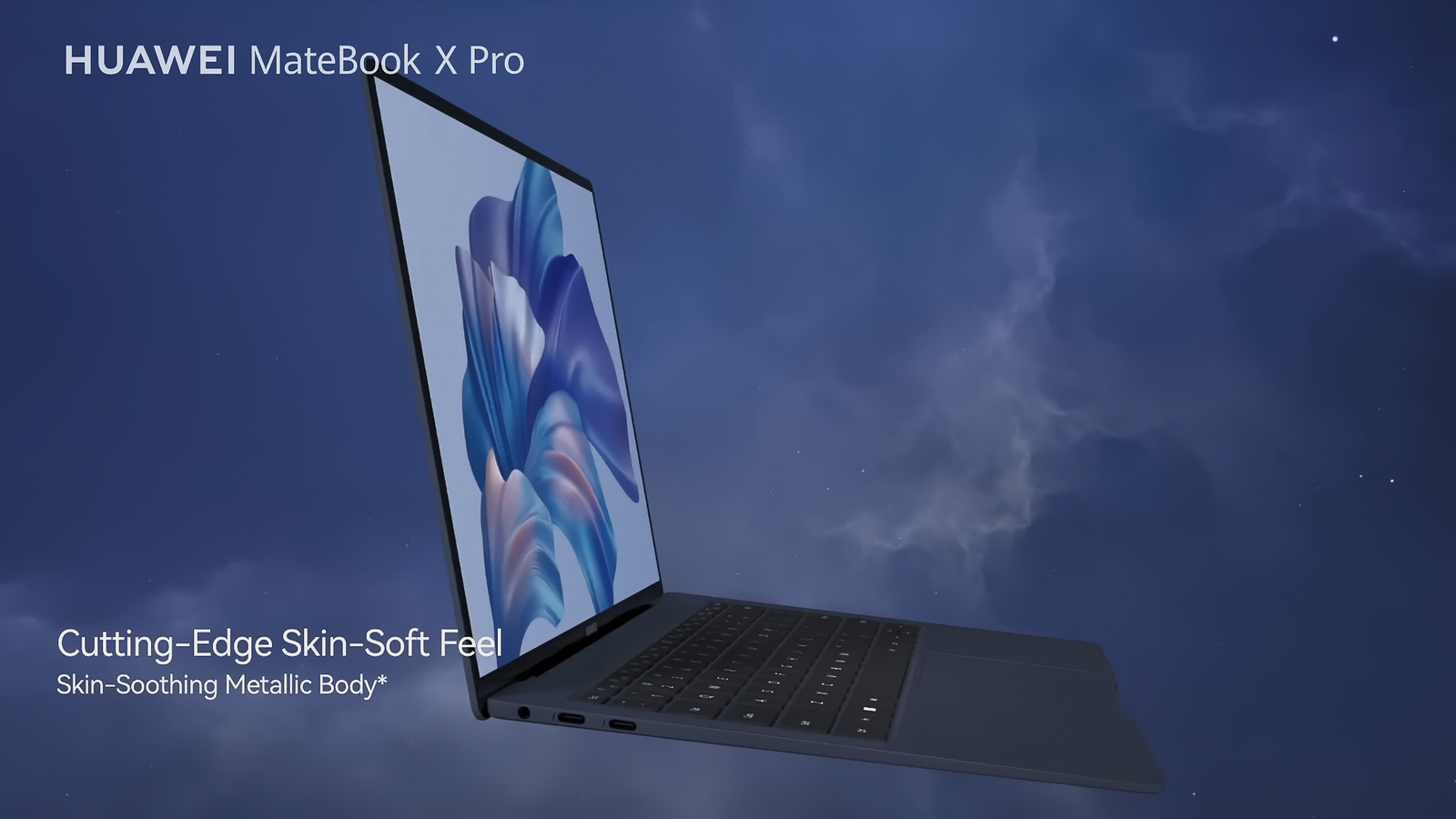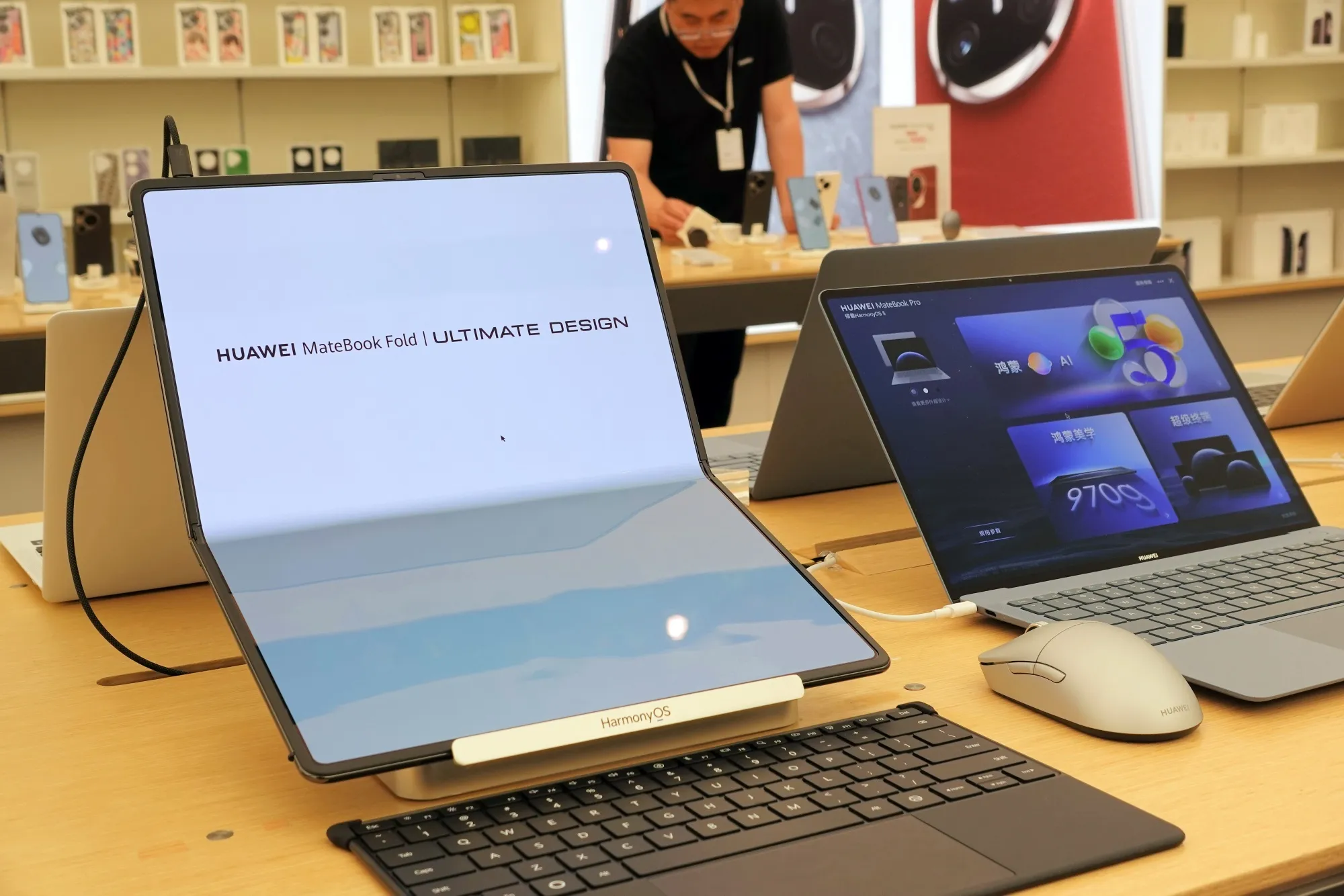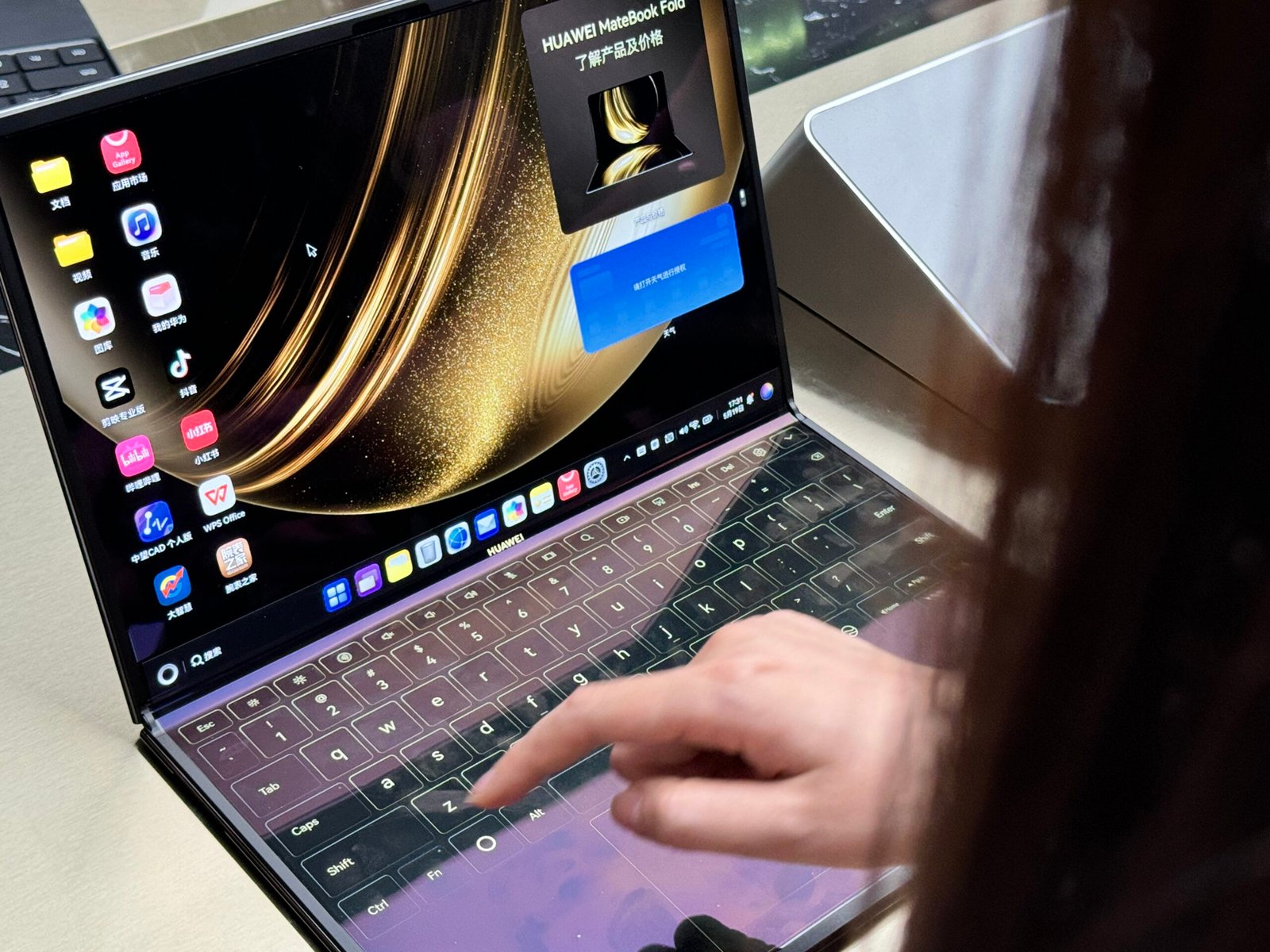Huawei has once again made a groundbreaking move by launching its first line of laptops using its very own Harmony operating system. The Chinese tech giant unveiled this highly anticipated launch at its annual developer conference in the city of Shenzhen.

This move from Huawei, the world’s largest telecommunications equipment maker, comes amidst ongoing tensions with the United States. The company has been facing trade restrictions and sanctions over concerns of national security. However, that has not stopped Huawei from showcasing its innovative spirit and talent.
The Harmony operating system is Huawei’s answer to rivaling operating systems like Google’s Android and Apple’s iOS. The highly anticipated launch of these laptops running on Harmony OS is a part of Huawei’s strategy to reduce its reliance on American technology and services.
Besides being a home-grown alternative to western operating systems, Harmony OS is also designed to work efficiently with Huawei’s full range of devices, providing a seamless experience to its users. This includes smartphones, smartwatches, and other smart devices.
Key Highlights of HarmonyOS for Personal Computers
Huawei introduced HarmonyOS 5, a self-developed operating system for personal computers, as part of its efforts to reduce reliance on Western technology. This marks a significant step in the development of the HarmonyOS ecosystem, which the company has positioned as a competitor to established platforms such as Windows and macOS.
Features and Functionality
HarmonyOS 5 offers a range of features designed to enhance productivity, entertainment, and cross-device collaboration. Compatible with over 150 applications, the system includes productivity tools like WPS Office as an alternative to Microsoft Office and multimedia apps such as Meitu Xiu Xiu for photo editing. HarmonyOS emphasizes seamless integration across devices, making it suitable for educational purposes, gaming, and everyday tasks.
Core Technologies

Key advancements in HarmonyOS 5 include:
- Unique Kernel Design: Built with security and performance in mind.
- Cross-Device Collaboration: Enables integration between smartphones, laptops, and other gadgets for fluid user experiences.
- Enhanced Security Measures: Developed to address growing cybersecurity demands.
Recent Laptop Models
Two new Huawei laptops, the MateBook Fold and MateBook Pro, are powered by HarmonyOS 5. Features are as follows:
| Model | Key Features | Starting Price |
|---|---|---|
| MateBook Fold | 18-inch OLED double screen, no physical keyboard | 23,999 yuan ($3,328) |
| MateBook Pro | Standard keyboard, traditional design | 7,999 yuan ($1,108) |
Market Influence
The launch comes amid challenges posed by U.S. restrictions, which cut Huawei off from American chip technology. In response, Huawei strengthened its R&D capabilities and invested in core patents for its hardware and software. The HarmonyOS initiative plays a critical role in reshaping the PC industry in China and beyond.
Adoption Growth
By late 2024, HarmonyOS had been installed on over one billion devices, spanning smartphones, TVs, and now personal computers. In addition, more than 7.2 million developers were actively building applications for the platform, contributing to its continued expansion and versatility.
Frequently Asked Questions

What unique abilities does HarmonyOS provide for Huawei laptops?
HarmonyOS introduces a smooth user experience optimized for Huawei hardware, including faster startup times and better energy efficiency. It also features a unified ecosystem, enabling seamless integration with other HarmonyOS devices like smartphones and tablets. This allows for features such as multi-screen collaboration and easy device connectivity.
How does HarmonyOS stack up against other PC operating systems?

In comparison with more established systems like Windows and macOS, HarmonyOS distinguishes itself with its microkernel architecture, which focuses on modularity and efficiency. While it may not yet have access to the same extensive app ecosystems, it leverages a more tailored experience for users within Huawei’s ecosystem, prioritizing functionality and cross-device compatibility.
Are there any specific concerns about app compatibility on HarmonyOS laptops?
Most common apps are supported, but users might encounter some limitations when using apps designed exclusively for other systems like Windows or macOS. Huawei’s AppGallery and third-party solutions fill many gaps, but certain niche applications may require workarounds or alternative options.
How does performance with HarmonyOS compare to Huawei’s Android devices?

Huawei laptops running HarmonyOS show improved performance tailored for productivity tasks and power efficiency relative to their Android-based devices. Unlike on smartphones, HarmonyOS on laptops emphasizes a desktop-style interface with advanced multitasking features suited for larger screens and complex workflows.
What types of security measures are embedded in HarmonyOS for laptops?
Security in HarmonyOS is enhanced by its microkernel design. The system separates critical processes into secure modules, reducing vulnerabilities. Built-in data protection tools, alongside regular updates from Huawei, are implemented to safeguard sensitive information and defend against cyber threats.
How has using HarmonyOS shaped Huawei’s position in the laptop market?
The release of these laptops marks Huawei’s attempt to diversify and gain autonomy from Western operating systems. This move supports its efforts to compete globally by expanding its market share, especially in regions where its ecosystem has strong traction. Early market adoption may signal increased customer interest in its hardware-software integration.





































